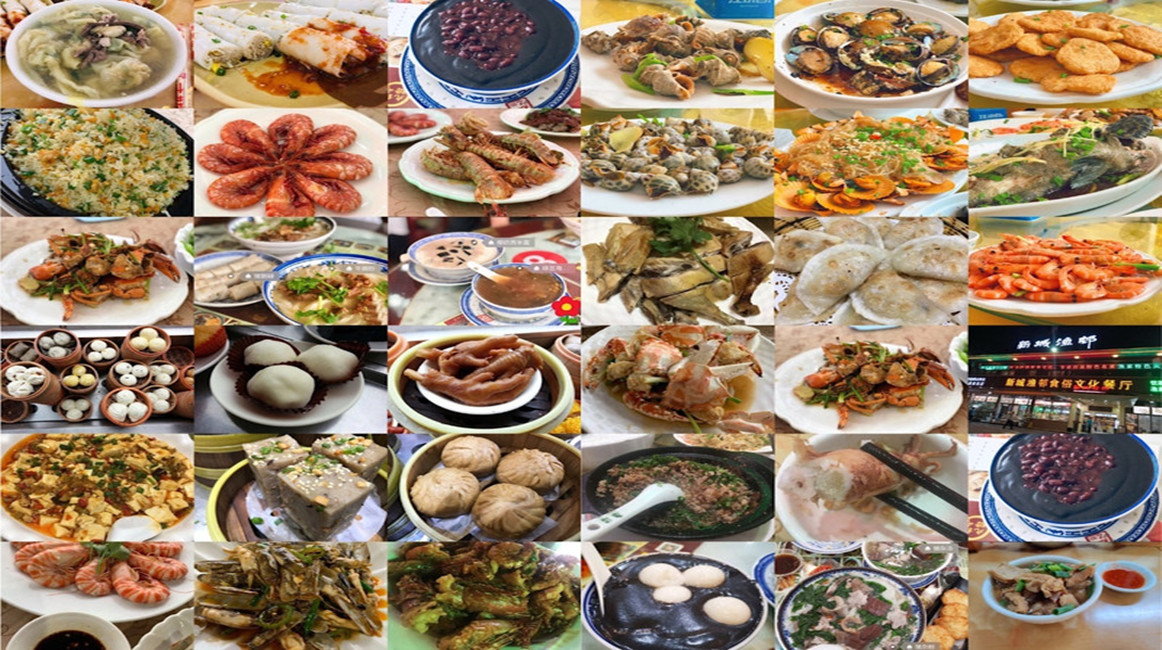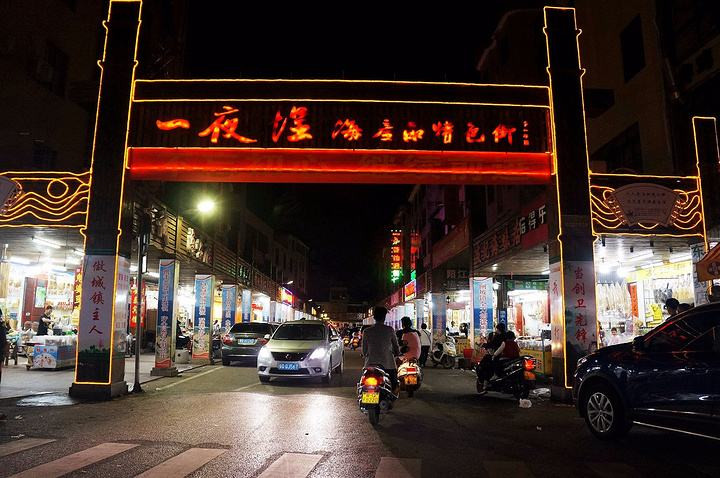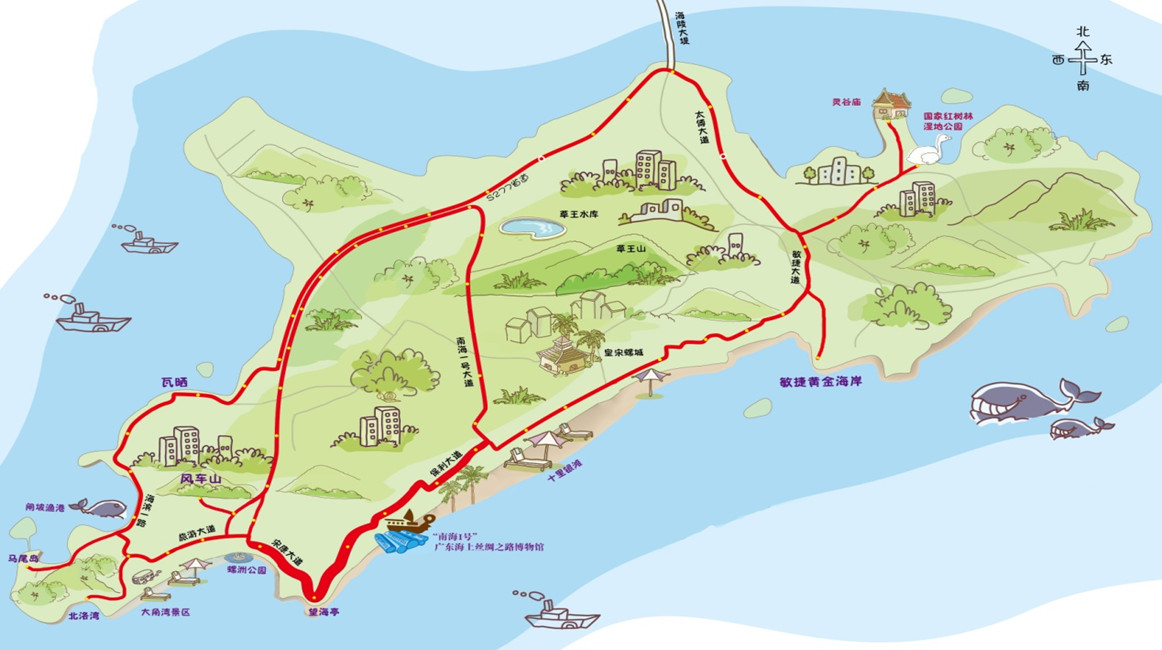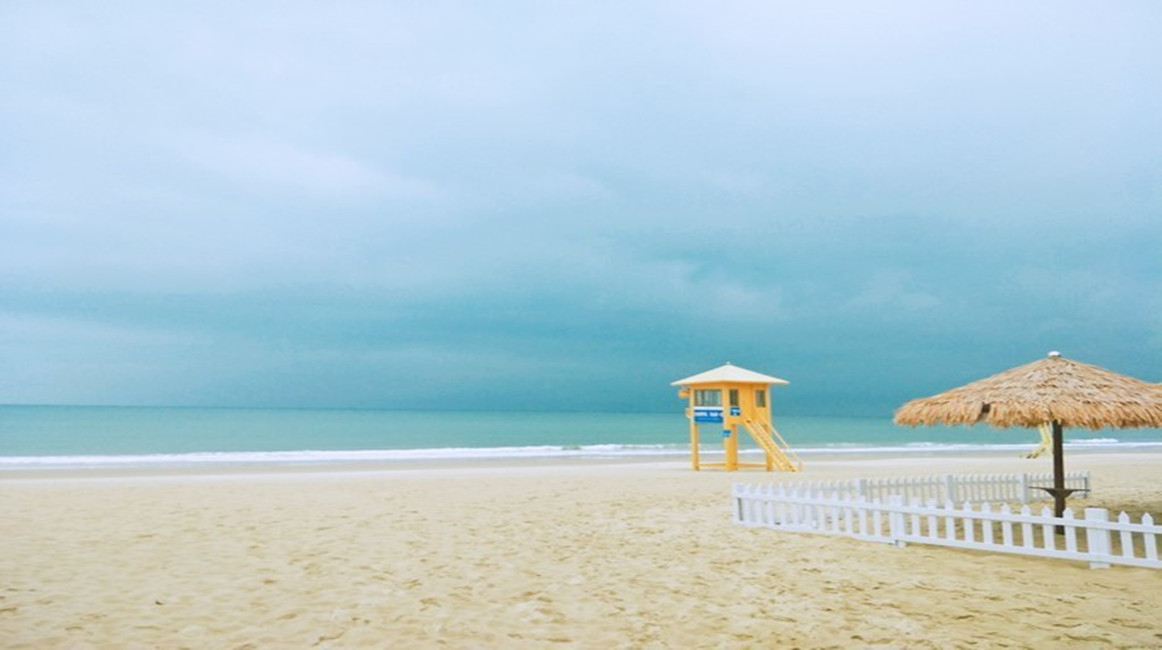Nestled off the southwest coast of Guangdong Province, Hailing Island is a tropical paradise where nature’s magic meets centuries of culture. Famous worldwide for its "Blue Tears"—a breathtaking bioluminescent phenomenon that turns the night sea into a glittering galaxy of blue—it’s more than just a scenic spot. This 108-square-kilometer island weaves together stunning landscapes, mouthwatering cuisine, ancient heritage, vibrant traditions, and global ecological influence, offering a vivid slice of China’s coastal charm.
🌊 The Enchantment of "Blue Tears" & Island Landscapes

The "Blue Tears" are the island’s most spellbinding attraction. Caused by tiny marine plankton called Noctiluca scintillans, they emit a soft blue glow when disturbed by waves or footsteps. From May to October, as darkness falls, the shoreline comes alive—each wave crashes onto the sand leaving a trail of neon blue, and walking along the beach leaves glowing footprints. It’s a natural wonder that has drawn photographers, travelers, and scientists from across the globe, often compared to Iceland’s Northern Lights for its otherworldly beauty.
Beyond the "Blue Tears," Hailing boasts postcard-perfect scenery. Shili Silver Beach stretches 12 kilometers, with powdery white sand and crystal-clear waters ideal for swimming, surfing, and sunbathing. Dajiaowan Scenic Area, a national 5A-level site, features rugged cliffs, lush forests, and panoramic ocean views. At dawn, the sunrise paints the sky in hues of orange and pink, casting a golden glow over the calm sea—an unforgettable sight that captures the tranquility of China’s southern coasts.
🍤 A Feast of Coastal Flavors

Hailing Island’s cuisine is a love letter to the sea. Seafood here is so fresh that most dishes are cooked simply to highlight natural flavors. Steamed flower crabs, seasoned only with ginger and scallions, burst with sweet, juicy meat. Grilled squid, brushed with local honey and chili, fills the air with an irresistible aroma. Fish balls, made by pounding fresh fish into a paste and boiling, are springy and flavorful—often enjoyed in a clear broth with vegetables.
For a taste of local comfort, try e’na fan (goose rice)—tender goose meat braised in soy sauce and spices, served over fragrant rice cooked with goose fat. Another specialty is haizhe geng (seafood congee), a creamy porridge packed with shrimp, clams, and fish, perfect for a light breakfast. These dishes aren’t just food—they’re a reflection of Hailing’s fishing culture, where people have lived in harmony with the sea for generations.
🏯 Echoes of History

Hailing Island carries a rich historical legacy. The most notable site is the Song Dynasty’s Zhang Shijie Shrine, dedicated to the patriotic general Zhang Shijie who defended the Southern Song Dynasty against the Yuan army in the 13th century. The shrine, with its classic Chinese architecture—curved roof eaves, wooden carvings, and stone tablets—tells stories of loyalty and courage that resonate in Chinese culture.
Nearby, the Ancient Fortress of Hailing stands atop a cliff, built during the Ming and Qing dynasties to guard against pirate raids. Its thick stone walls and cannon emplacements offer a glimpse into China’s coastal defense history. Walking through these ancient sites, you can feel the weight of time and the island’s role in shaping China’s maritime past.
🚣♂️ Vibrant Folk Culture

Hailing’s culture is rooted in its fishing heritage. The Kaiyu Festival (Fishing Opening Festival), held every August, is a grand celebration of the sea. Fishermen dress in traditional clothes, offer prayers to the Sea God for a safe and bountiful harvest, and then set sail in a fleet of colorful boats—their sails billowing in the wind. The shore is filled with music, dance, and local performances, creating a joyful atmosphere that brings locals and visitors together.
The island is also home to the Dan people, a group that has lived on boats for centuries. Though many now live on land, their traditions live on—such as boat-building skills, folk songs about life at sea, and unique customs for weddings and festivals. Spending time with the Dan people offers a rare chance to experience a way of life that has been preserved for generations, showcasing China’s diverse cultural tapestry.
🌍 A Global Model of Ecological Tourism

Hailing Island’s "Blue Tears" are not just a tourist attraction—they’re a sign of a healthy marine ecosystem. The island has invested heavily in ecological protection, banning overfishing, reducing marine pollution, and preserving coastal wetlands. This commitment has made Hailing a model for sustainable tourism in China and beyond.
Each year, hundreds of thousands of foreign tourists visit Hailing to see the "Blue Tears," experience its culture, and enjoy its natural beauty. It has been recognized with international awards, including being named one of the "Most Beautiful Islands in Asia" and a "Global Top 10 Ecological Tourism Destinations." By sharing its natural wonders and cultural heritage with the world, Hailing Island shows how China balances development with environmental protection, and how traditional culture can thrive in a modern, globalized world.
Hailing Island is more than a place—it’s an experience. Here, you can watch the sea glow with "Blue Tears" at night, savor the freshest seafood, walk through ancient shrines, dance at a fishing festival, and see how China’s coastal communities live in harmony with nature. Come to Hailing, and discover the magic of China’s southern coast.



